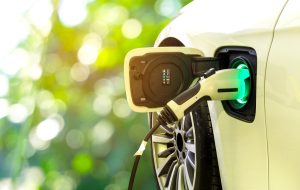
Understanding Lithium-Ion Batteries and Why They Fail
Lithium-ion batteries provide high energy density mobile power but come with three challenges: performance, safety and battery life.
Home » Essentials of Particulate Testing: USP and AAMI TIR42
While there are many standards available for particulate testing, USP <788> and AAMI TIR42 are the most important. This is especially true for vascular devices.
USP <788> is a good starting point for sizing and enumeration, and AAMI TIR42 provides general guidance on analytical methods for identifying and developing specifications for particulate contamination.
The first step to particle analysis is the isolation of the foreign particles, or native particles of interest. A clean environment is the key. The facilities at Eurofins EAG Laboratories are well equipped to perform particulate analysis with cleanrooms that are qualified and validated to meet ICH and/or USP requirements. EAG has ISO 7 and
ISO 5 cleanrooms.
Another key part to particle collection is sample preparation. In recent years, a simulated-use model has been recommended over a simple beaker method. The simulated-use model as described in ASTM F2394 is typically utilized for cardiovascular medical devices. However, EAG can use a custom model if needed.
Both AAMI TIR42 and USP <788> outline particle counting and sizing by light obscuration or light microscopy on collected particulate extracts. There are pros and cons to each method.
Light Obscuration
The most efficient way to size and count particulate matter
Light Microscopy (Manual or Automatic)
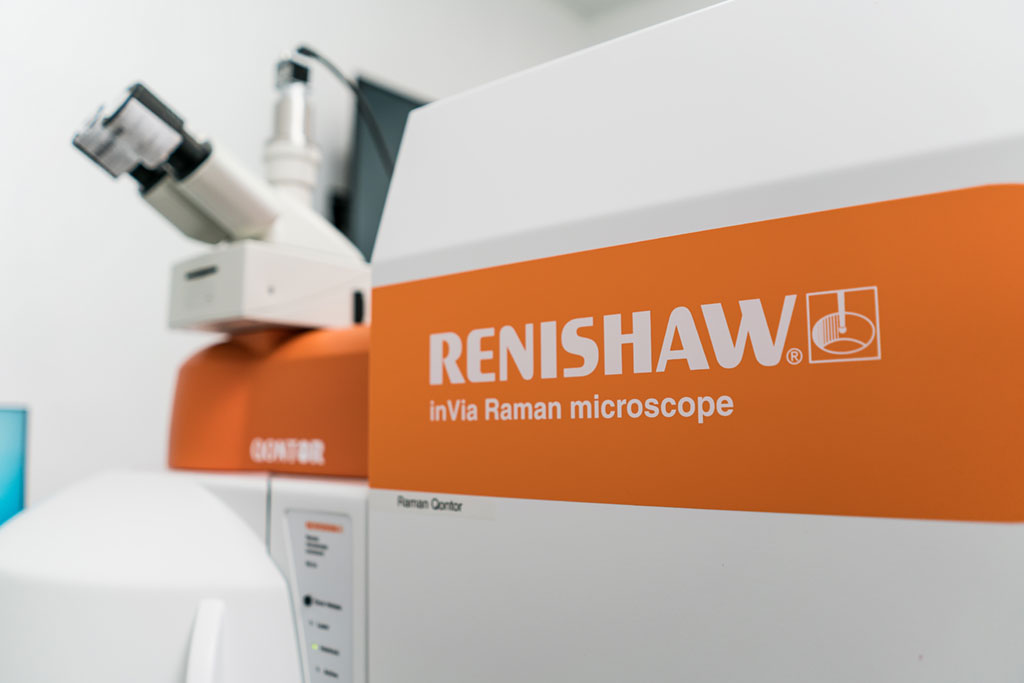
The device testing services at EAG include multiple Keyence Optical microscopes, Renishaw Qontor Confocal Raman Microscopes, and Thermo Scientific Apreo 2 SEM-EDX instruments. Our scientists have the capability to perform manual or automatic particle counting and sizing. The Keyence and Raman microscopes are located within EAG’s three ISO 7 cleanrooms.
AAMI TIR42 encourages identification of foreign particulates, especially for visible or large sized particles. EAG can assist with chemical identification using FTIR and/or Raman spectroscopy for chemical identification and SEM-EDX for elemental analysis. To perform chemical and elemental identification, particulates will be filtered in an ISO 5 clean space. Identification of the foreign particulates can be obtained using the following techniques as outlined in AAMI TIR42:
FTIR Spectroscopy
Raman Spectroscopy
Energy Dispersive X-ray Spectroscopy
Additional Techniques
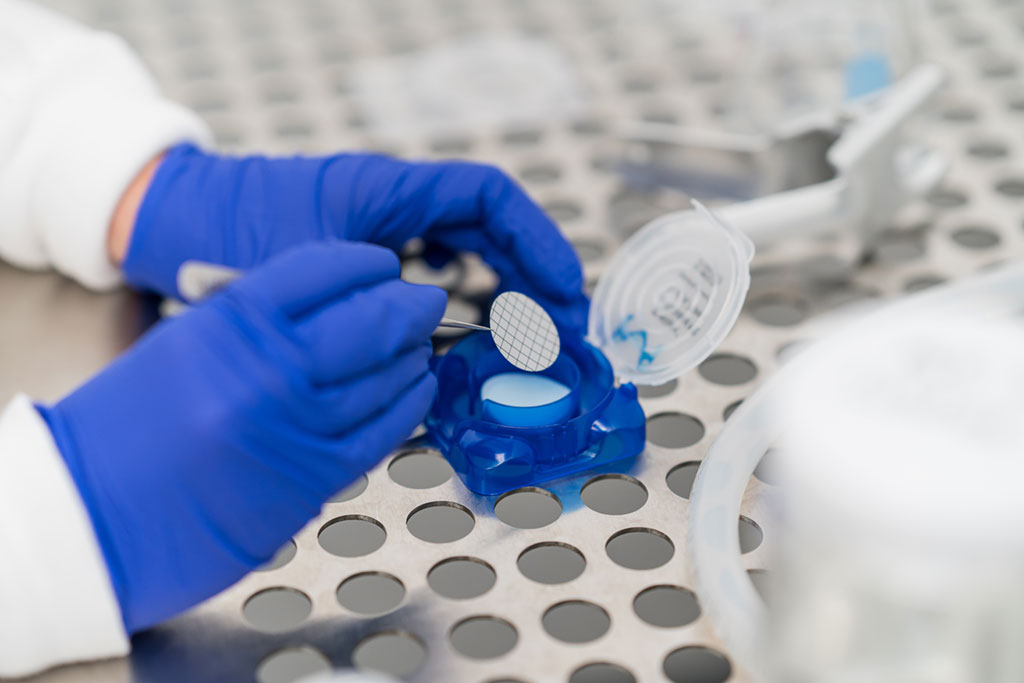
While chemical information can be obtained in a manual or automated manner, there are pros and cons to both. Automated analyses are considered more efficient for numerous particles, but it is not effective in identifying particle overlap or morphology. Both manual and automated particle analyses are available at EAG, and can be customized based on the goals of the testing.
EAG uses the newly updated AAMI TIR42:2021 as guidance, as it is fully recognized by FDA, to provide particle analysis testing. EAG also assists clients by interpreting the results, identifying contamination sources and applying acceptable particle limits.
EAG is ISO 9001:2015 and ISO 17025 accredited; FDA-registered and DEA Licensed, and offers analytical support for materials characterization, failure analysis, particle identification, contaminant identification, analyte quantitation, and ISO 10993-18 chemical characterization.
Contact our team for help with your device testing needs.

Lithium-ion batteries provide high energy density mobile power but come with three challenges: performance, safety and battery life.
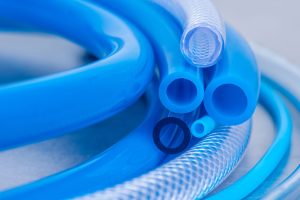
A device manufacturer observed defects in a lot of thermoplastic tubing. The tubing exhibited signs chemical attack or exposure to heating.
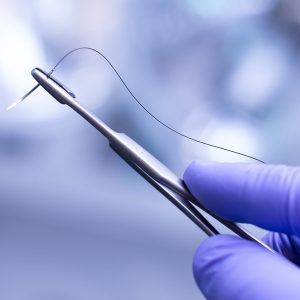
Cold stage analysis has been shown to be effective for samples that are not solids at room temperature or that have components that are volatile in a vacuum system, such as the antibacterial coated sutures.
Electrical AFM can measure the electrical/electromechanical properties of various functional materials and samples. This helps distinguish between conductive and nonconductive areas or polar and nonpolar regions of a device.
To enable certain features and improve your experience with us, this site stores cookies on your computer. Please click Continue to provide your authorization and permanently remove this message.
To find out more, please see our privacy policy.